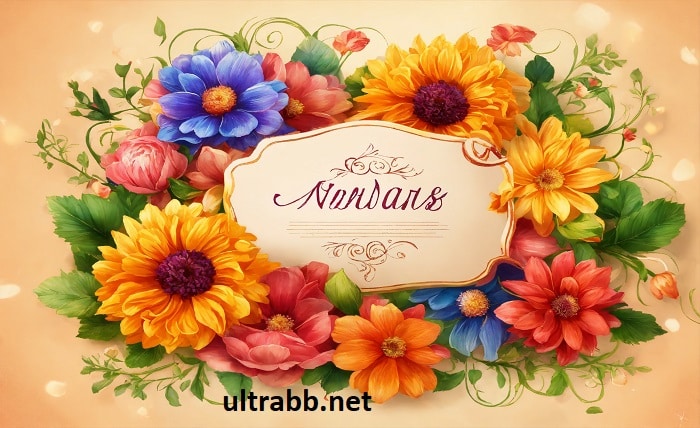Danke Schön! Mastering the Art of Saying Thank You in German

Saying “thank you” is a cornerstone of polite interaction in any language, and German is no exception. While “Danke” might be the first word that comes to mind, the world of German gratitude extends far beyond this simple expression. Whether you’re navigating everyday encounters or aiming for nuanced politeness, understanding the different ways to express appreciation unlocks a deeper layer of cultural understanding.
Beyond “Danke”: Palette of Appreciation
While “Danke” is perfectly acceptable for most casual situations, expressing deeper gratitude often calls for different phrases. Here are some key variations:
Danke schön/Danke sehr: These translate to “thank you very much” and add a layer of sincerity, suitable for both informal and formal settings.
Vielen Dank: Literally meaning “many thanks,” it emphasizes the depth of your gratitude and is appropriate for expressing stronger appreciation.
Tausend Dank: This translates to “a thousand thanks” and adds a dramatic flair, perfect for expressing extreme gratitude.
Ich danke Ihnen: This formal phrase translates to “I thank you” and is used in situations demanding utmost respect, like addressing superiors or elders.
Ich bin Ihnen dankbar: This expresses heartfelt gratitude, translating to “I am grateful to you.”
Context is Key: Tailoring Your Thanks to the Situation
The formality of your chosen phrase depends on the context. In casual interactions with friends or family, “danke” or “danke schön” will do. For expressing gratitude to someone in a service profession, “Vielen Dank” is appropriate. Formal settings like business meetings or written communication call for “Ich danke Ihnen” or “Vielen Dank.”
More Than Words: Expressing Gratitude Beyond Verbal Phrases
Remember, cultural nuances extend beyond language. Adding a genuine smile, making eye contact, and a slight bow can further elevate your expression of thanks. In some regions, shaking hands as you express gratitude is customary.
Don’t Forget “Bitte”: The Art of Accepting Thanks Gracefully
When someone thanks you, the appropriate response is “Bitte,” which translates to “please.” It signifies that you’re happy to help and don’t expect anything in return.
Conclusion
Understanding the nuances of expressing gratitude in German enriches your cultural understanding and fosters deeper connections. Now go forth, explore the diverse ways to say “danke schön,” and leave a lasting impression with your heartfelt appreciation!
FAQ
- F: Gibt es regionale Unterschiede in der Art, wie man sich bedankt?
A: Ja, durchaus! In Süddeutschland ist es beispielsweise üblicher, sich beim Dankeschön leicht zu verbeugen. Andere Regionen haben möglicherweise ihre eigenen Gepflogenheiten. Beobachten Sie, wie sich die Menschen um Sie herum verhalten, und passen Sie sich entsprechend an.
- F: Wie sagt man “bitte schön” auf Deutsch?
A: Es gibt verschiedene Möglichkeiten, abhängig von der Situation. Ein einfaches “Bitte” reicht in den meisten Fällen aus. In formelleren Situationen können Sie auch “Gern geschehen” oder “Keine Ursache” sagen.
- F: Kann ich “danke” für alles verwenden?
A: “Danke” ist durchaus vielseitig, aber für tiefere Dankbarkeit eignen sich oft andere Ausdrücke. Wenn Sie jemandem gegenüber große Wertschätzung ausdrücken möchten, verwenden Sie beispielsweise “Vielen Dank” oder “Ich bin Ihnen sehr dankbar”.
- F: Ist es in Ordnung, jemandem die Hand zu geben, wenn man sich bedankt?
A: In einigen Regionen ist es durchaus üblich, jemandem beim Dankeschön die Hand zu geben. Beobachten Sie die Gepflogenheiten der Menschen um Sie herum und entscheiden Sie dann, ob es angemessen ist.



